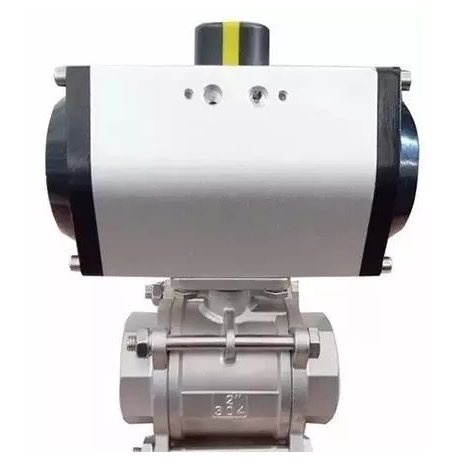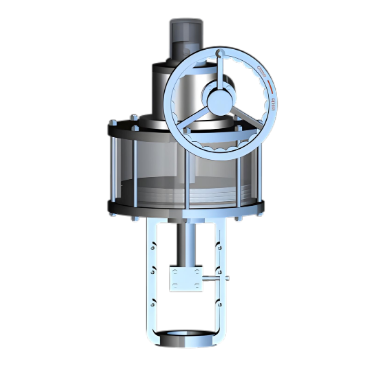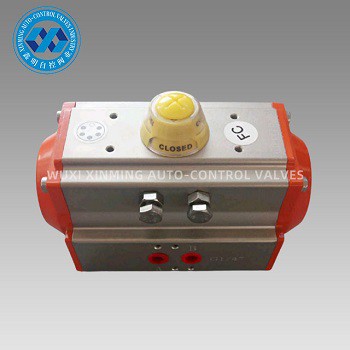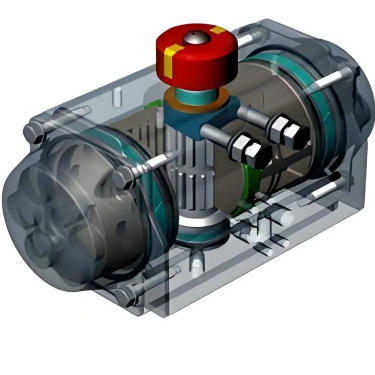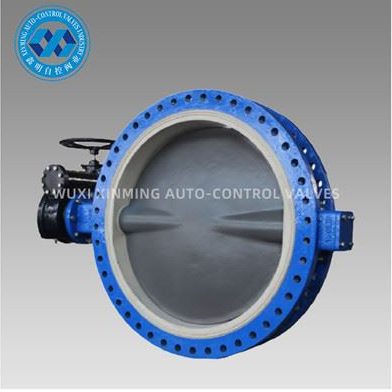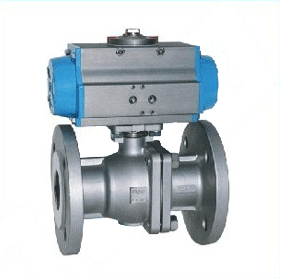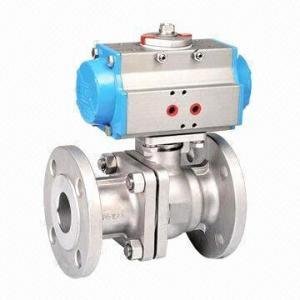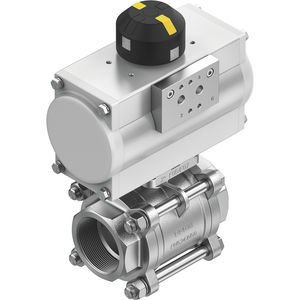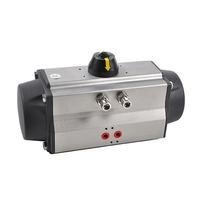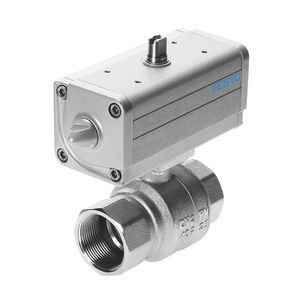A pneumatic actuator valve is a device that
controls the flow of fluids in a pipeline using compressed air as the driving
force. It mainly consists of a valve body and a pneumatic actuator.
The working principle is as follows:
Compressed air is first supplied to the pneumatic actuator. Inside the
actuator, there is often a piston or diaphragm. When the compressed air enters
the actuator cavity, it applies pressure to the piston or diaphragm. This
pressure causes the piston or diaphragm to move, generating mechanical force.
The mechanical movement is then transmitted to the valve stem or shaft.
According to the type of valve, such as a globe valve or a check valve, the
movement of the valve stem enables the valve to open, close, or adjust the flow
rate. For instance, in a globe valve, the up - and - down movement of the valve
stem connected to the disc controls the fluid flow through the valve. The
control of the valve's position is achieved by regulating the supply of
compressed air, usually with the help of control valves and sensors to ensure
precise control of the fluid flow.
If you want to learn more about low-priced products, please visit the following website: www.xm-valveactuator.com


